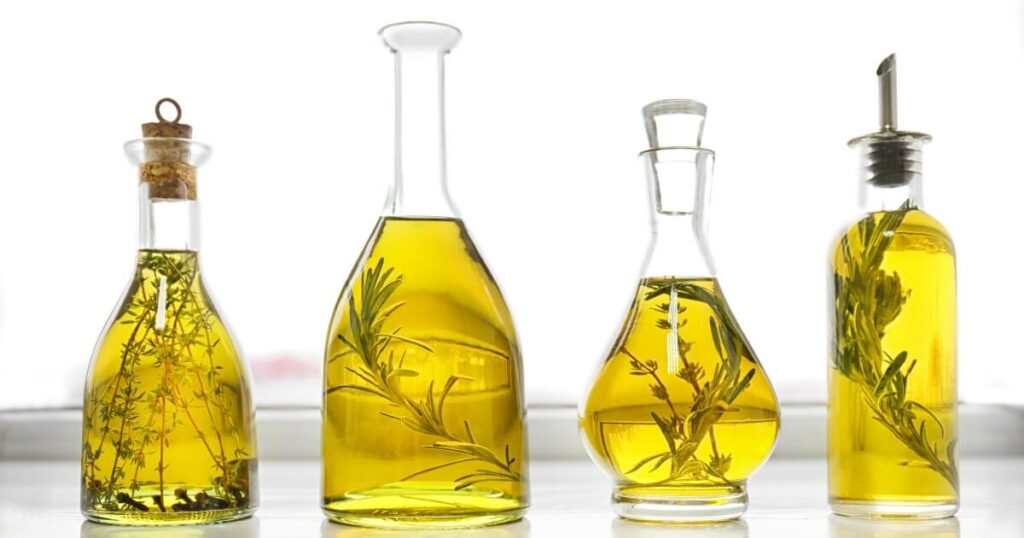Step up your cooking game with this detailed guide, where I give straightforward explanations and images for each cooking technique.
You’ll find information about skills you need to cook with confidence, enhance flavors, and bring out the best in every ingredient. Let’s get started and take your cooking to the next level!
Cooking Methods Explained
- Dry Heat Cooking: Dry heat cooking is all about the heat encircling your food, transforming it without water or steam, perfect for achieving a crispy texture and deep flavors.
- Moist Heat Cooking: Moist-heat cooking relies on water, broth, or steam to cook food, which can tenderize tougher cuts of meat and delicate vegetables without sacrificing moisture or flavor.
- Combination Cooking: Combination cooking methods use dry and moist heat, making them versatile for various dishes. These techniques often involve an initial sear or sauté followed by a slower cooking process in liquid, marrying flavors and textures.
Roasting
Roasting surrounds food with high heat in the oven, creating a caramelized crust with a tender inside, ideal for meats and vegetables. For even cooking, rotate your roasting pan halfway through the cooking time.
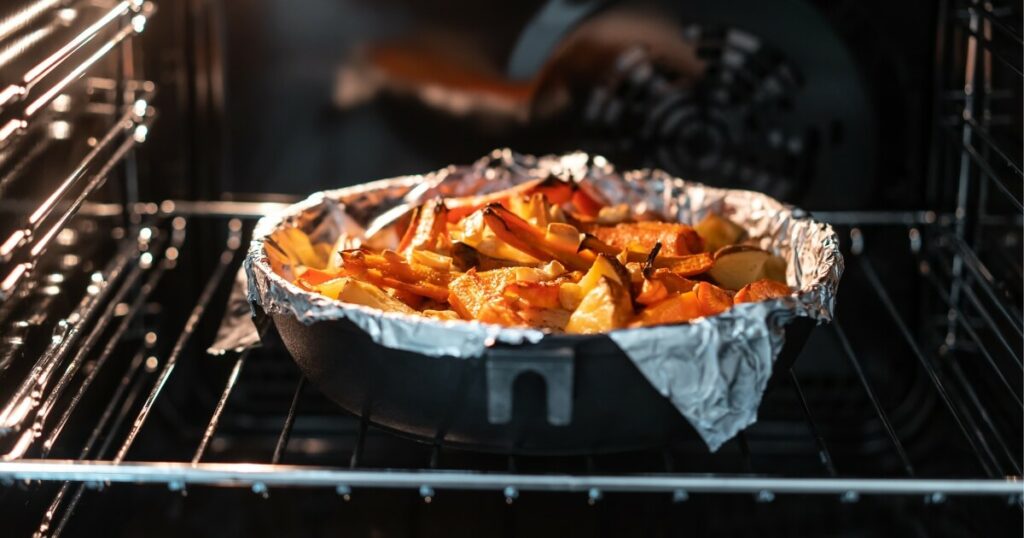
Baking
Baking uses the oven’s ambient heat to produce everything from bread to pastries, relying on precise temperatures. Always preheat your oven for the most consistent results, and don’t open the door too often.
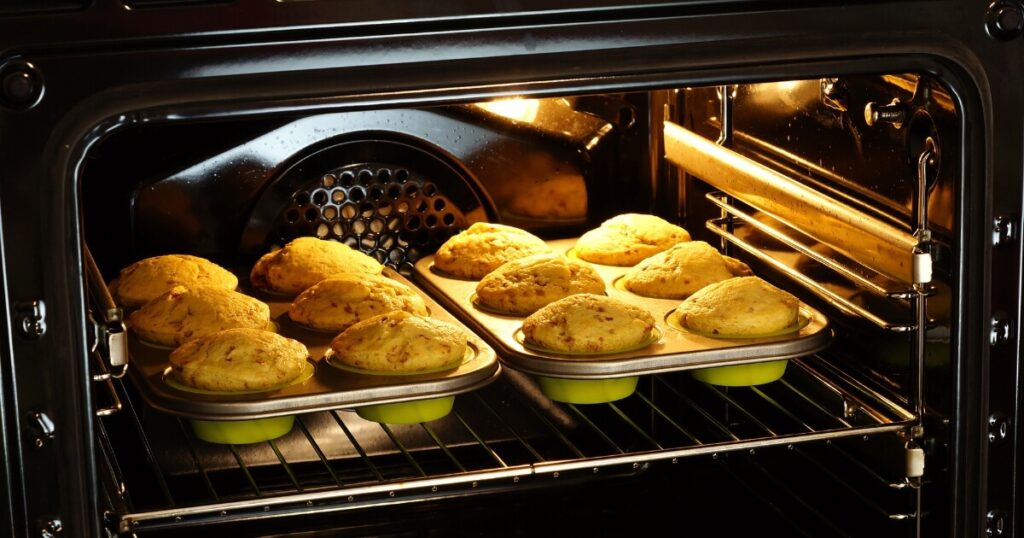
Grilling
Grilling applies direct heat from below, quickly cooking food and imparting a smoky flavor, especially good for meats and vegetables. Let your grill preheat fully to get perfect marks and avoid sticking.
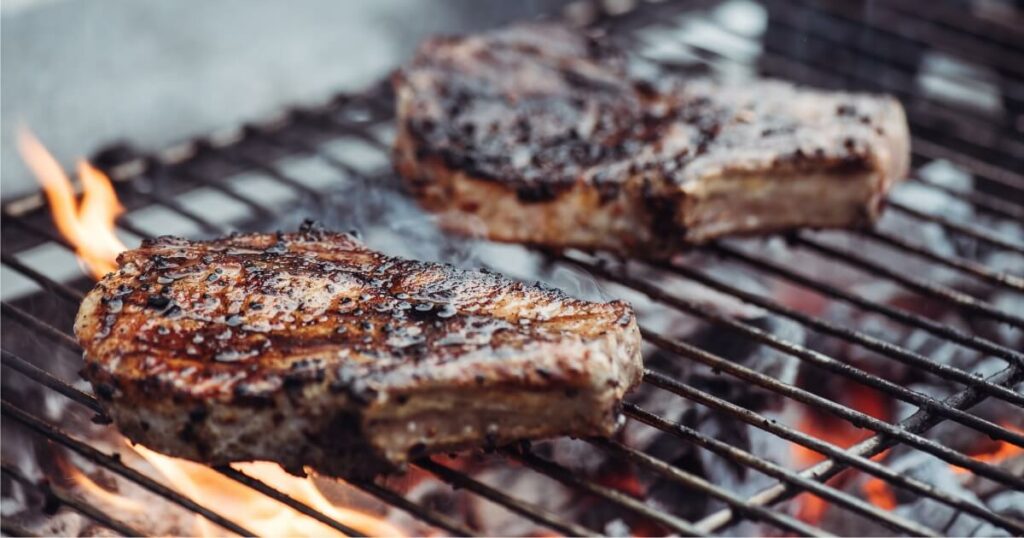
Broiling
Broiling cooks food with high heat from above, great for a quick char or melt on top of dishes. Keep an eye on your food as it broils because it can go from perfectly golden to burnt in seconds.

Searing
Searing locks in flavor and adds texture by quickly browning the surface of food at a high temperature. Pat your meat dry before searing to ensure a beautifully browned crust without steaming.

Boiling
Boiling is when water or broth is heated to a rolling bubble, commonly used for pasta, grains, and hardy vegetables. Keep a rapid boil for pasta to prevent sticking and a gentle one for vegetables to maintain their structure.
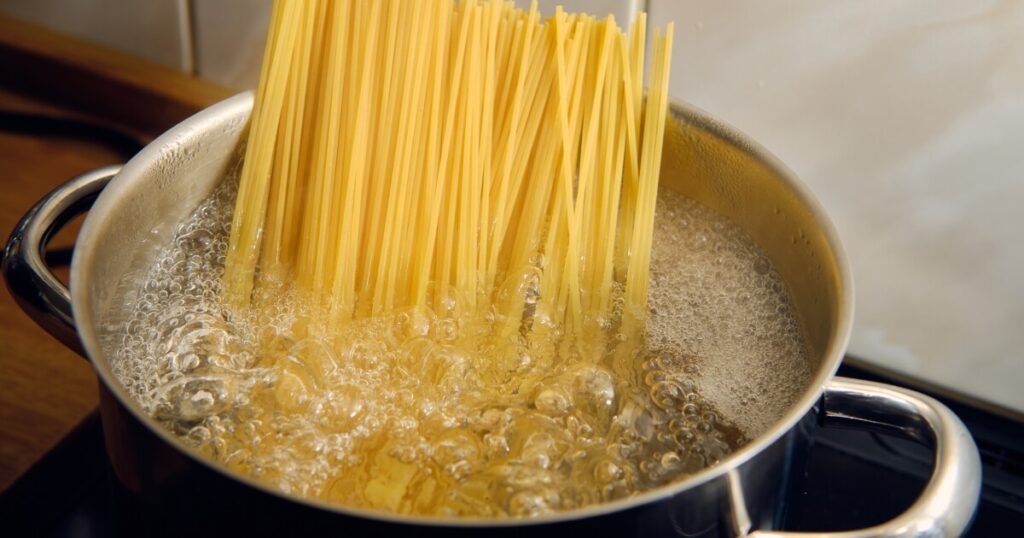
Steaming
Steaming cooks food with the vapor from boiling water, preserving nutrients and color, especially in vegetables and fish. Ensure the pot is tightly covered so the steam cooks the food evenly.
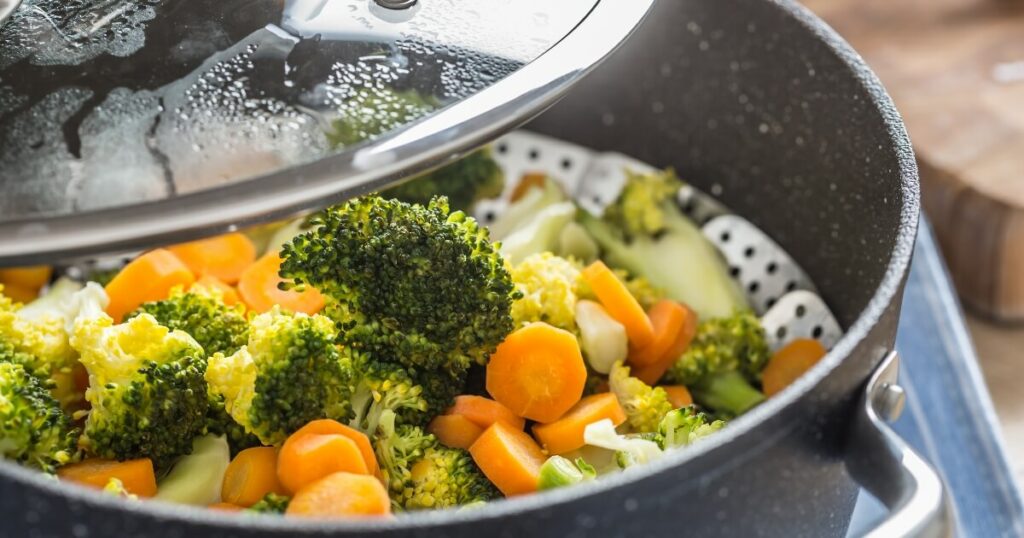
Poaching
Poaching gently cooks food in a barely simmering liquid, ideal for eggs, fish, and fruit. The liquid should shiver rather than bubble to keep delicate foods from falling apart.

Braising
Braising slowly cooks food, partially submerged in a flavorful liquid, perfect for transforming tougher cuts of meat into tender morsels. Seal your meat with a quick sear before braising it to develop a depth of flavor.
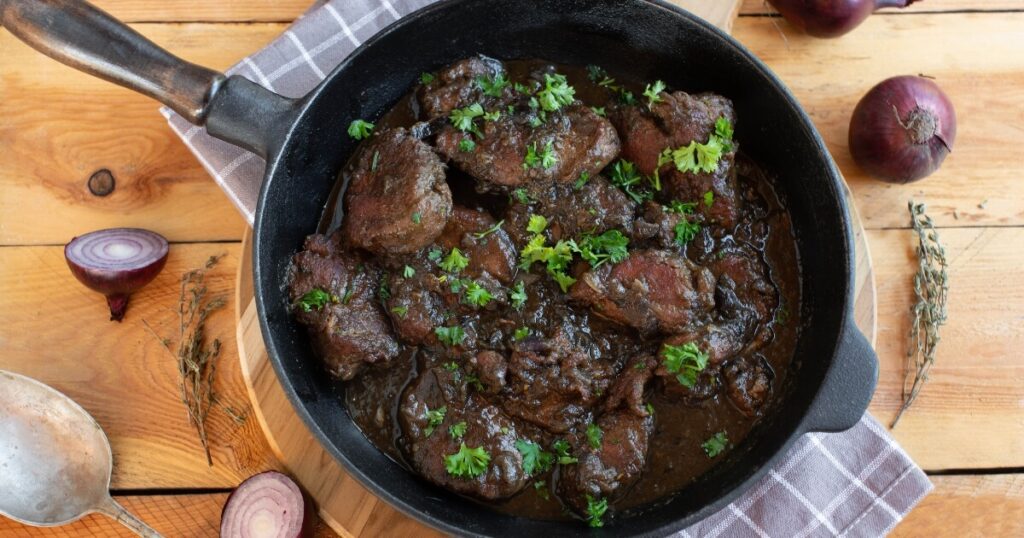
Stewing
Stewing involves simmering small, uniform pieces of food in a liquid, often leading to a thick sauce suitable for a variety of meats and vegetables. Before adding your liquids, begin with a brief sauté of the main ingredients to build a flavor foundation.
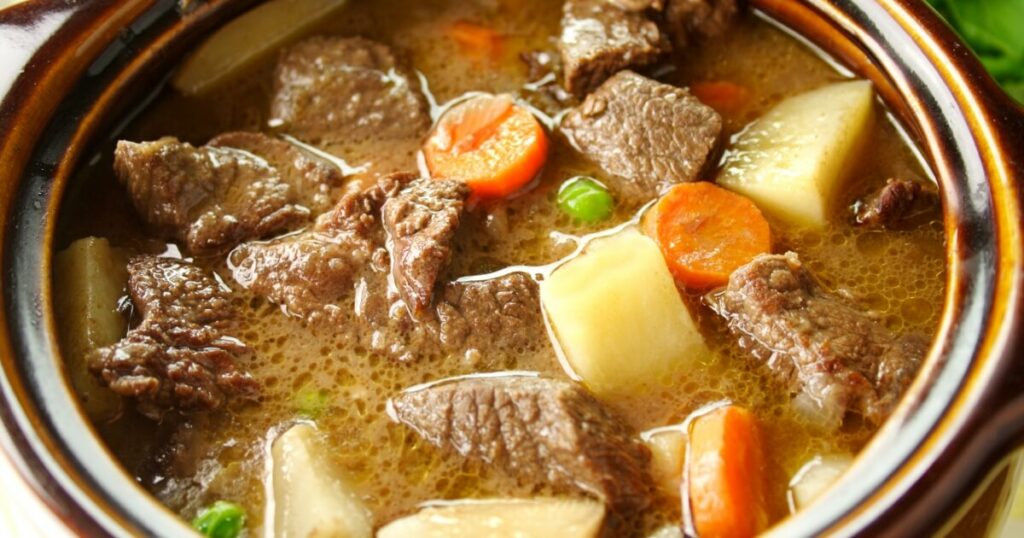
Stir-frying
Stir-frying is a fast-paced dance with food, where ingredients are quickly cooked in a small amount of very hot oil, often in a wok. Keep ingredients moving constantly to avoid them burning and to cook evenly.
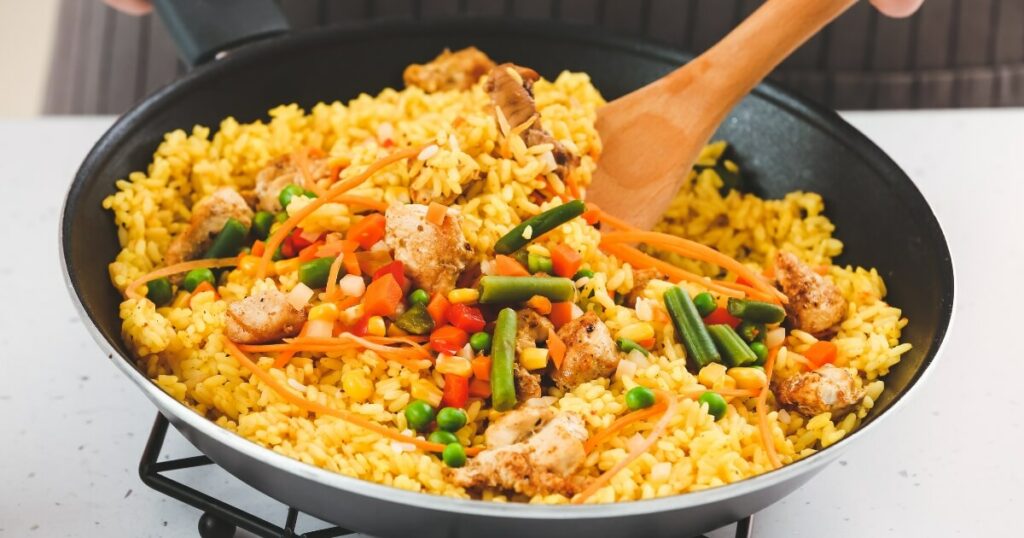
Slow Cooking
Slow cooking is the set-it-and-forget-it method, where food gently simmers for hours, resulting in deep flavor development. It’s ideal for busy cooks because you can just prep your ingredients, combine them in the slow cooker, and come back to a ready-to-eat meal later.
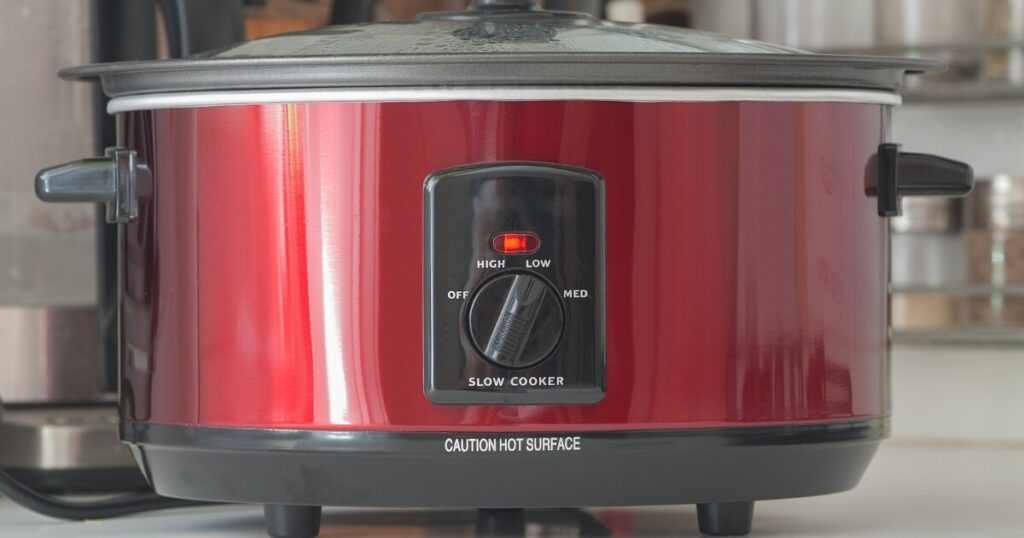
Pressure Cooking
Pressure cooking is a time-saver, cooking food at a high temperature under pressure, drastically reducing cooking times. It’s perfect for legumes, stews, and tough cuts of meat. Make sure not to overfill the pot and to release pressure according to the manufacturer’s instructions for safety.
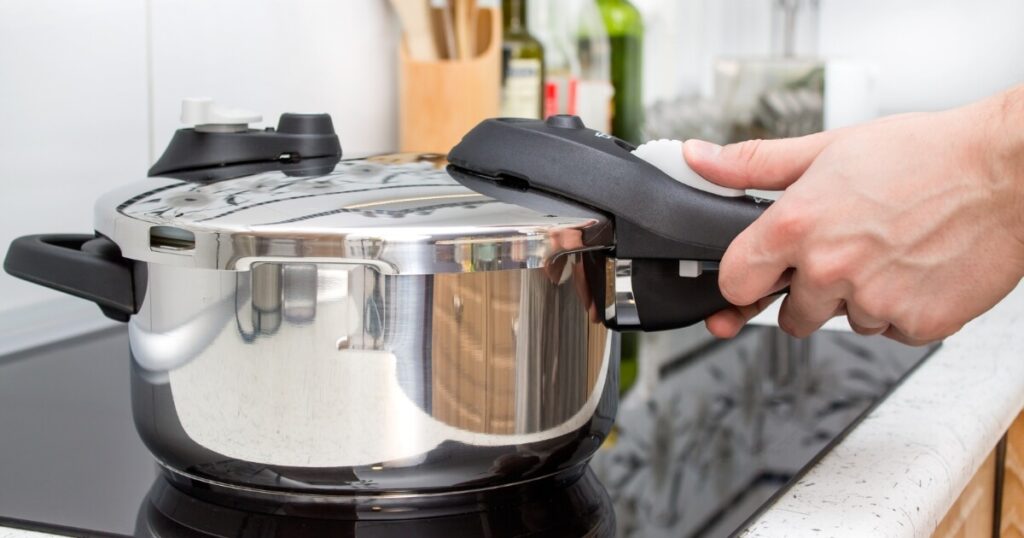
Sautéing
Sautéing involves cooking food quickly in minimal oil over medium-high heat. It’s all about that quick toss to keep the food moving and evenly cooked. For best results, preheat the pan so the ingredients sizzle on contact.
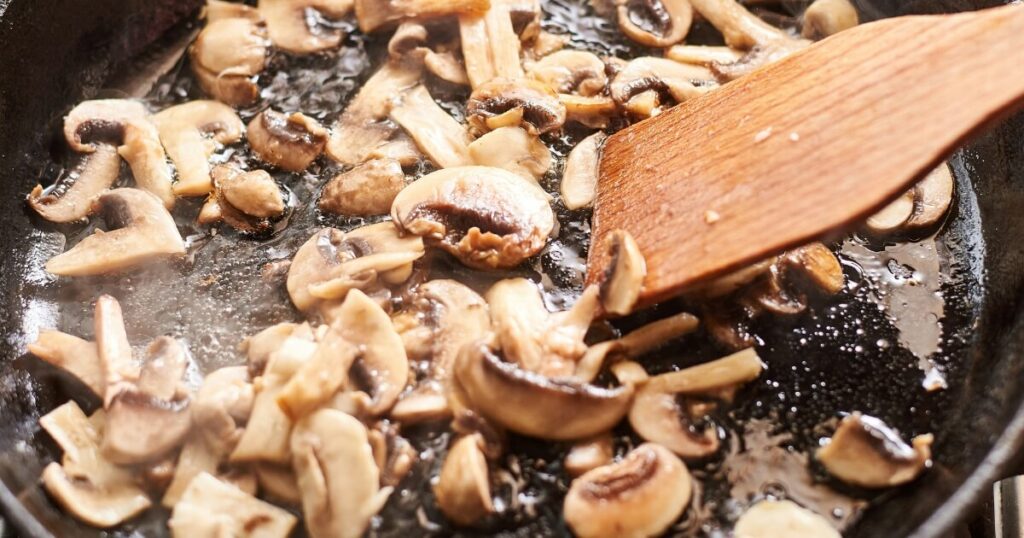
Pan-frying
Pan-frying cooks food in enough oil to cover the bottom of the pan, allowing for a golden-brown exterior and a fully cooked interior. It works well for medium-sized or thinner pieces of food. Let the oil heat up before adding your food to prevent sticking and ensure a crispy texture.
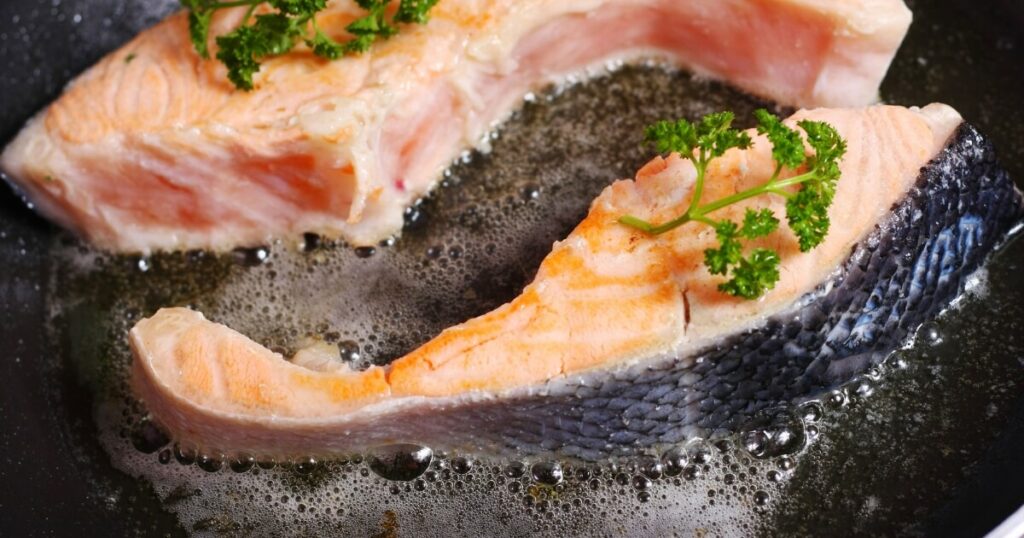
Deep-frying
Deep-frying submerges food in hot oil, cooking it quickly and evenly with a satisfying crunch. Maintain the oil’s temperature to ensure food doesn’t absorb too much oil and become greasy.

Simmering
Simmering cooks food gently and slowly in liquid just below boiling, which is ideal for soups and stews. It develops flavors without the agitation of a rolling boil.
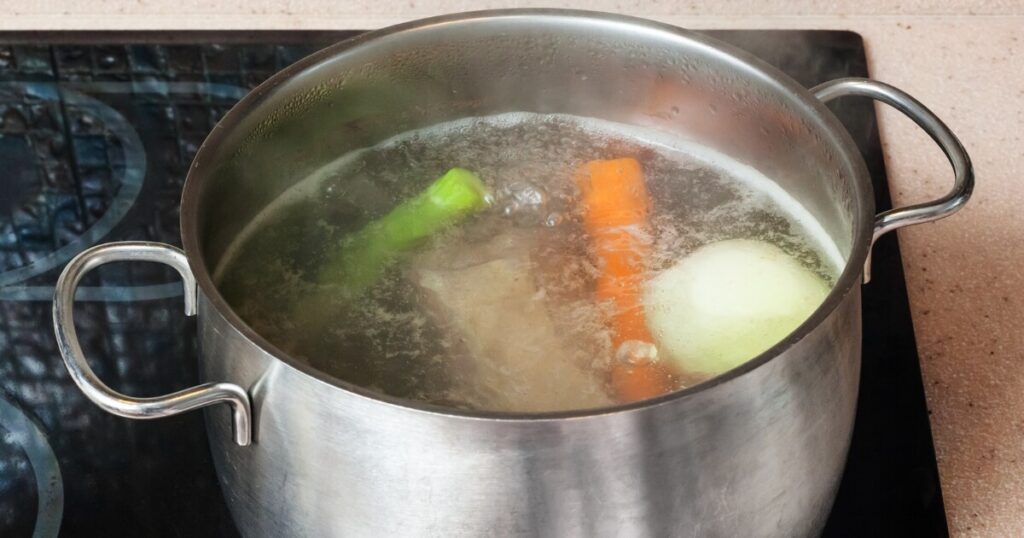
Smoking
Smoking flavors food through exposure to smoke from burning or smoldering materials, usually wood. Low and slow is the mantra here, with patience leading to rich, deep flavors.

Curing
Curing preserves food through processes like salting, brining, or smoking, often used for meats and fish. It’s a technique that enhances flavor and extends shelf life.
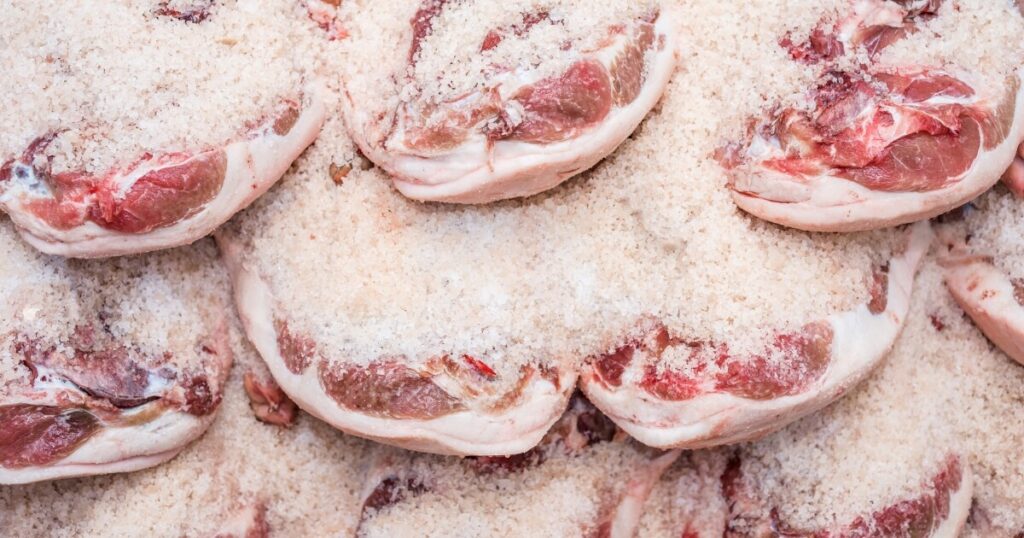
Marinating
Marinating involves soaking food in a seasoned liquid, called a marinade, to infuse it with flavor before cooking. The key is time — the longer they marinate, the more flavorful the dish, but be mindful of delicate proteins that can break down if marinated too long.
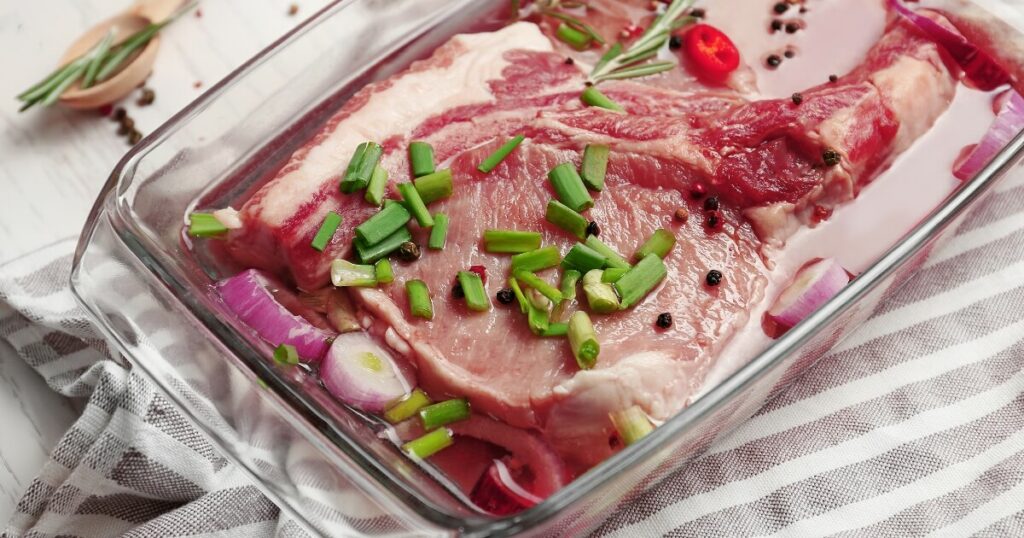
Glazing
Glazing involves coating food with a glossy mixture during cooking, adding flavor and a shiny appearance. A quick brush with a sweet or savory glaze can turn a simple dish into a stunning one.
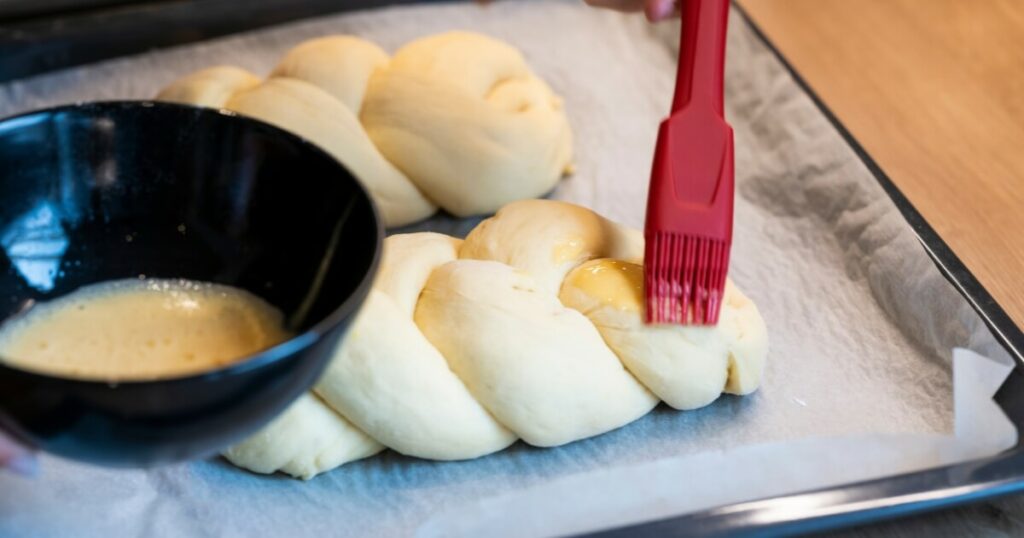
Creaming
Creaming is a technique where ingredients, particularly butter and sugar, are beaten together at room temperature until light and fluffy, used to create a tender texture in baked goods. Room-temperature butter is the secret to perfect creaming.

Seasoning
Seasoning adds flavor to food, often through the use of herbs, spices, salt, and pepper. It’s about finding the right balance to enhance, not overpower, the natural taste of your ingredients.
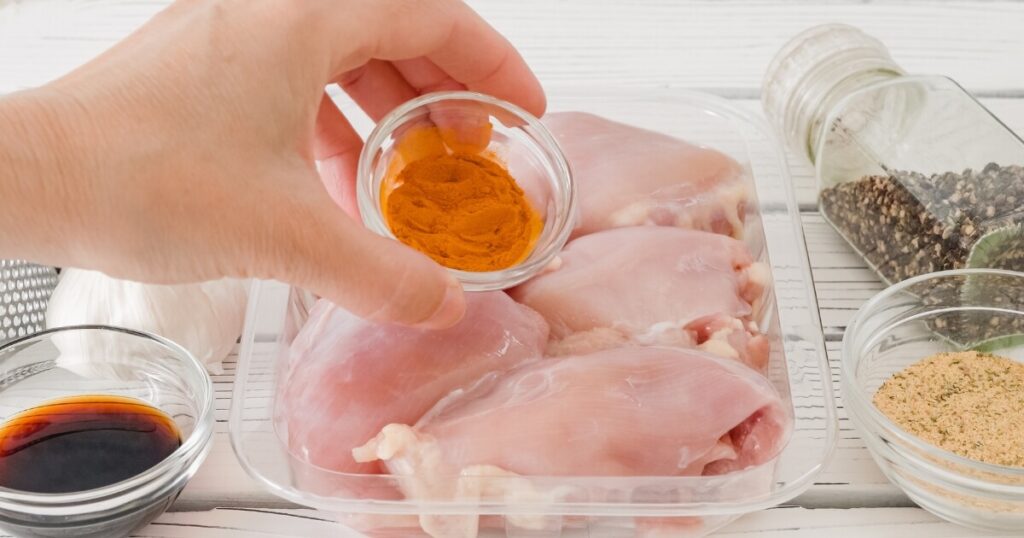
Garnishing
Garnishing is the art of adding decorative or flavorful elements to dishes before serving. It’s the final touch that can make your dish visually appealing and add a pop of flavor or texture.
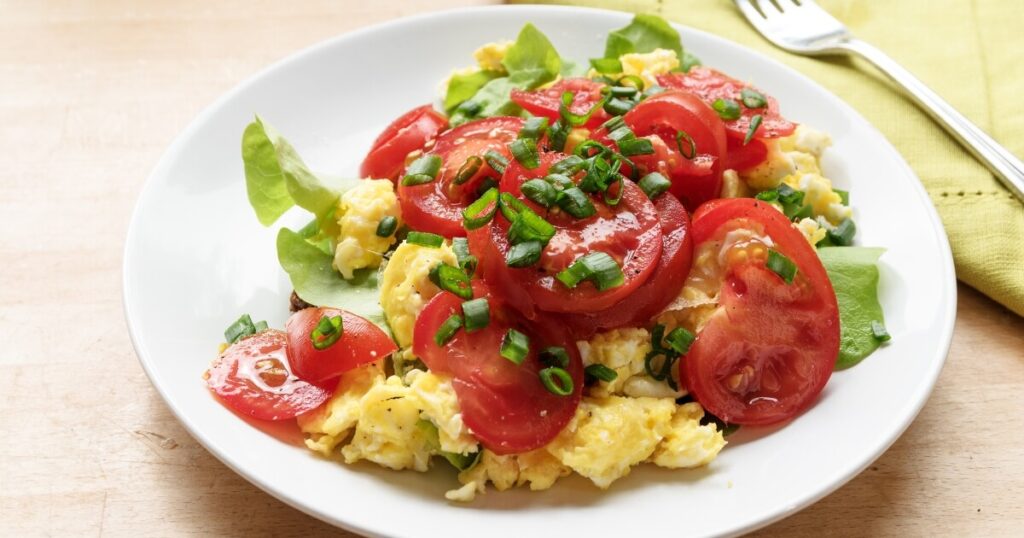
Plating
Plating is the process of arranging and presenting food on a plate. Aim for a clean, uncluttered presentation that highlights the food and makes it inviting.

Emulsifying
Emulsifying is the process of combining two ingredients together that normally don’t mix, like oil and vinegar. It’s essential for creating stable dressings and sauces. Whisking or blending vigorously can achieve a smooth emulsion.
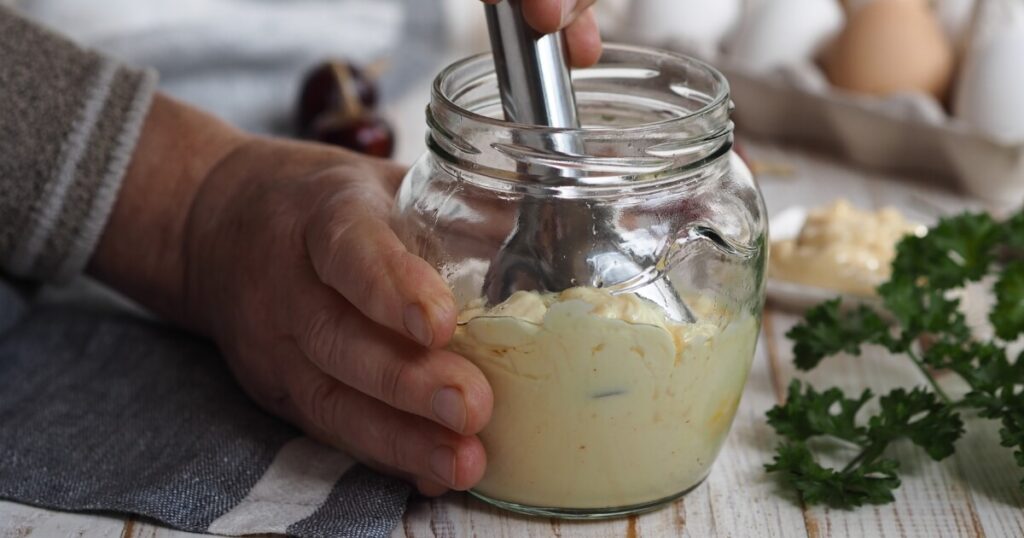
Kneading
Kneading is a technique used in bread making to develop gluten. This gives bread its structure and chew. Use the heels of your hands to work the dough until it’s smooth and elastic.

Folding
Folding is a gentle mixing method that combines light ingredients, like whipped cream or egg whites, into heavier mixtures without deflating them. Use a wide spatula and a delicate hand to maintain as much air in the mixture as possible.
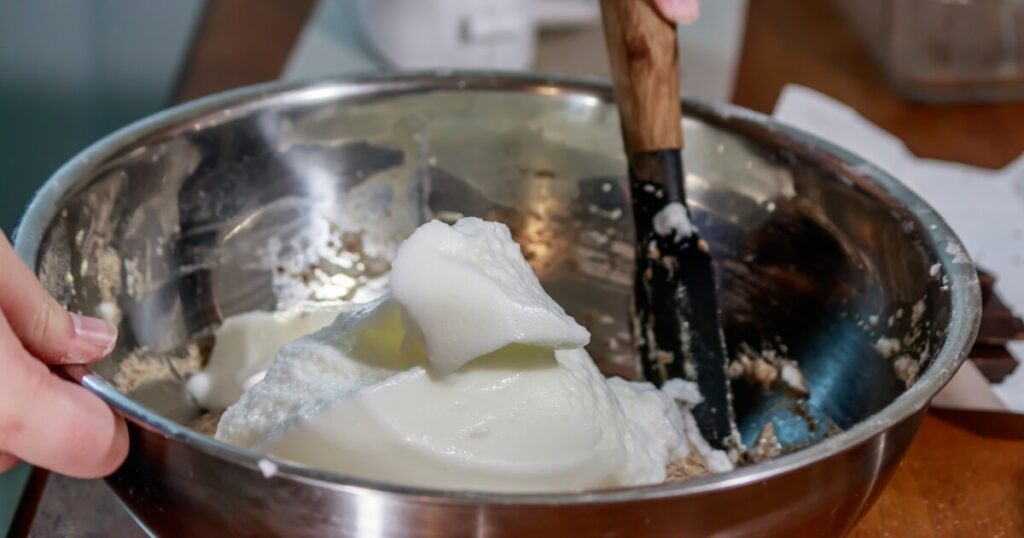
Whisking
Whisking incorporates air into ingredients, making them light and fluffy, and is also used to combine ingredients smoothly. A brisk, circular motion will yield the best results.
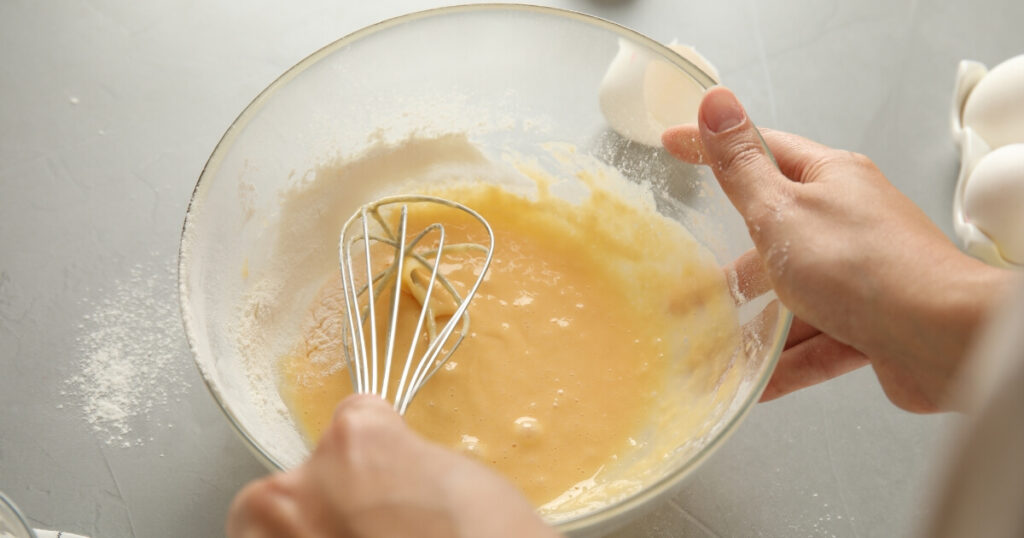
Sifting
Sifting removes lumps from dry ingredients and aerates them, which is key for fine-textured baked goods. It can also combine dry ingredients for a more uniform mixture.

Chopping
Chopping is a basic cutting technique where food is cut into more or less square pieces. It’s not about precision but about getting the food to a size suitable for cooking.
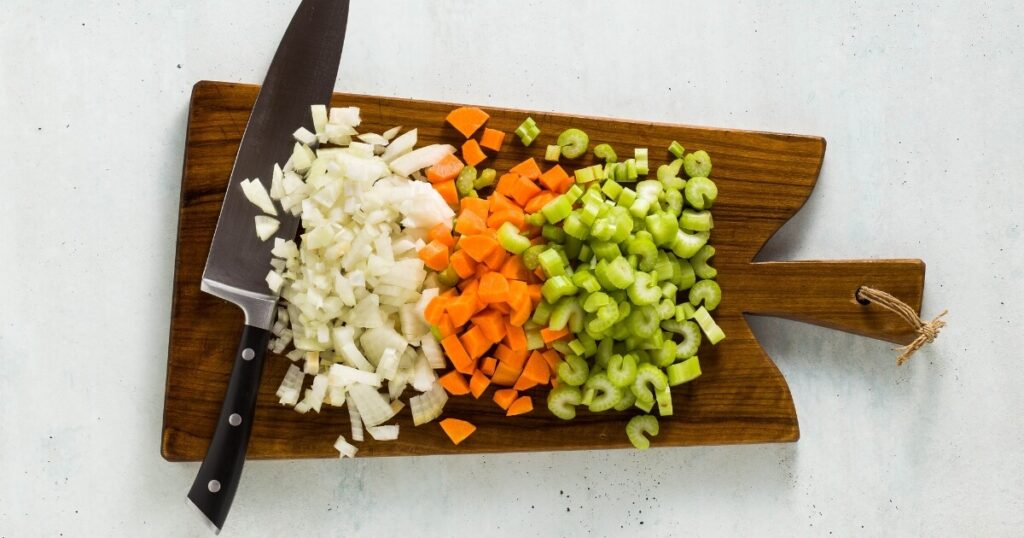
Dicing
Dicing is a finer cut than chopping, creating uniform cubes of food. This is important for even cooking and is often used for vegetables in soups and sauces.
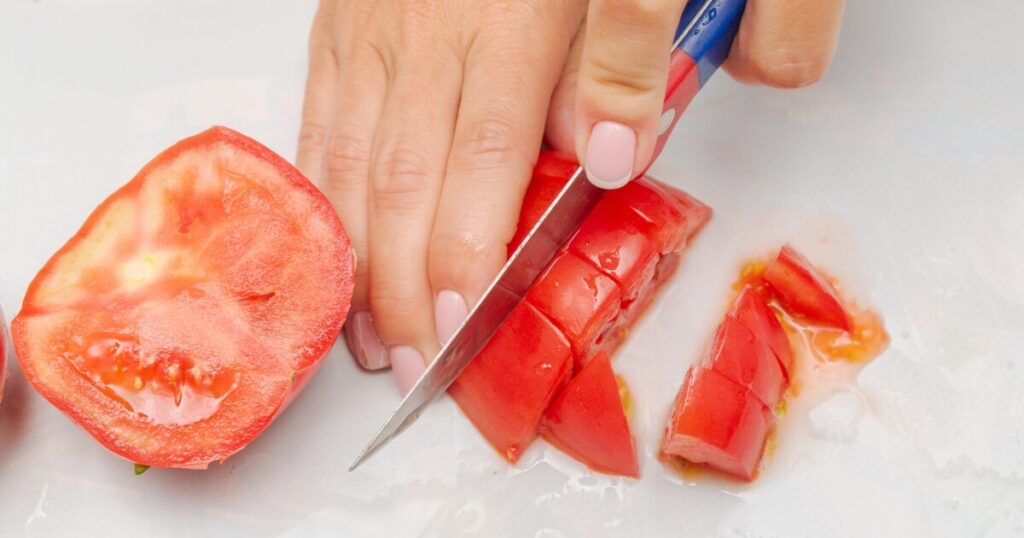
Mincing
Mincing is a fine chopping technique that cuts food into smaller pieces than diced or chopped sizes. It’s often used for garlic, herbs, and onions to distribute flavor more evenly in a dish.
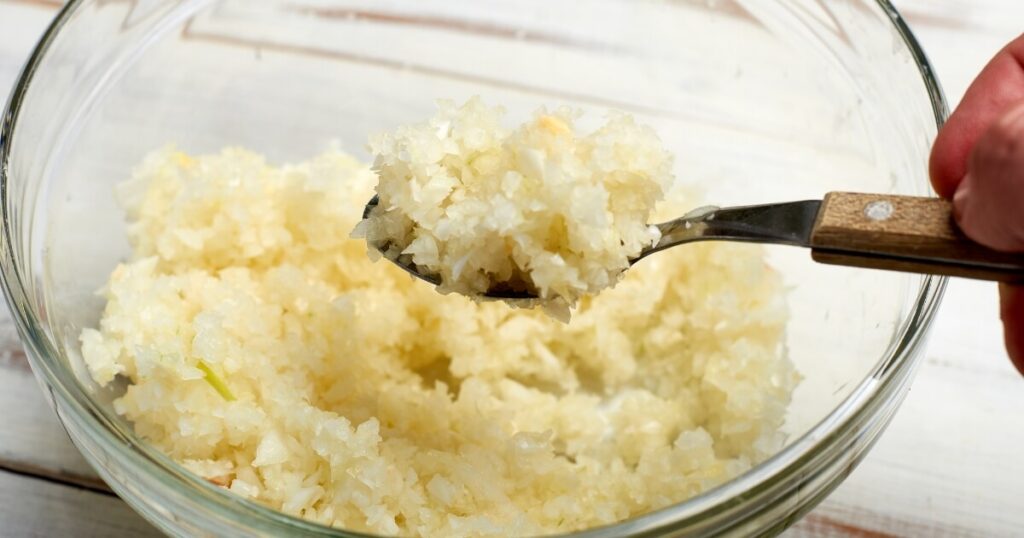
Julienne Cutting
Julienne cutting turns ingredients into long, thin strips resembling matchsticks. It’s not just for show; this cut ensures quick, even cooking and is a staple for stir-fries and garnishes.

Blanching
Blanching briefly cooks food in boiling water, then halts the cooking process with cold water. It’s great for preserving color and texture, especially in veggies.

Shocking
Shocking immediately stops the cooking process after blanching by plunging food into ice water. It’s the secret to keeping that vibrant color and crisp texture in your blanched foods.

Reducing
Reducing is thickening and intensifying a liquid’s flavor, like a sauce or soup, through simmering or boiling. Patience is key. A slow and steady simmer can create rich, deep flavors.
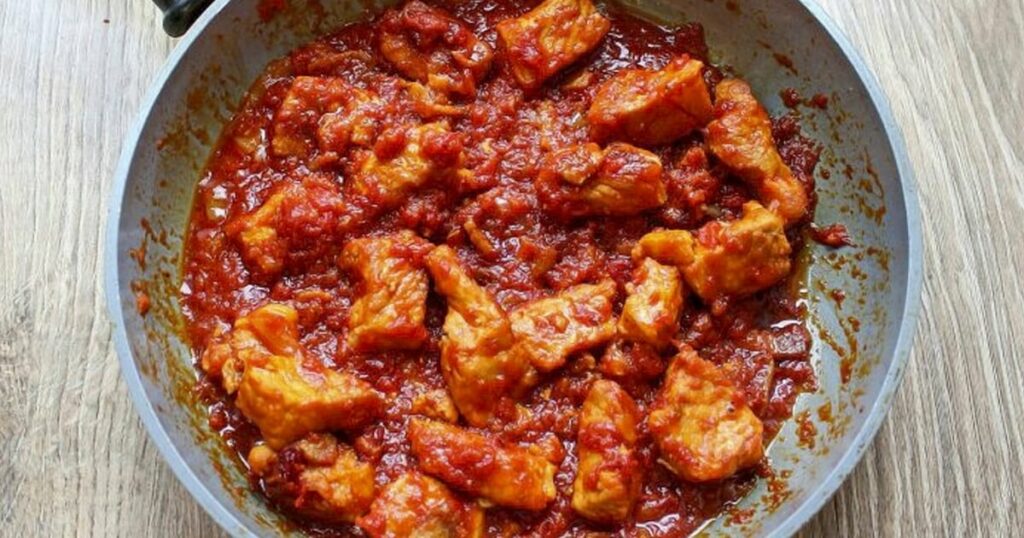
Caramelizing
Caramelizing slowly cooks sugars in foods until they become browned and flavorful. It’s not just for onions; try it with vegetables like carrots to unlock a natural sweetness.

Flambéing
Flambéing involves adding alcohol to a hot pan to create a burst of flames. It adds a rich, complex flavor to dishes. Safety first—keep a lid nearby to smother flames if needed.

Gratinating
Gratinating or broiling with a topping of breadcrumbs or cheese until a crispy crust forms transforms dishes with a golden, savory finish. It’s all about that last touch under the broiler for a perfectly crunchy top layer.

Dehydrating
Dehydrating removes moisture from food, concentrating flavors and extending shelf life. It’s a slow process but worth it for homemade dried fruits, jerky, and more.

Fermenting
Fermenting allows bacteria, yeasts, or other microorganisms to convert organic compounds, like sugars, into alcohol or acids. It’s a time-honored technique that yields tangy, complex flavors in foods like yogurt, sauerkraut, and kombucha.

Pickling
Pickling preserves and flavors food by soaking it in a brine or vinegar solution. It’s a fantastic way to extend the life of seasonal produce and add a tangy kick to any dish.
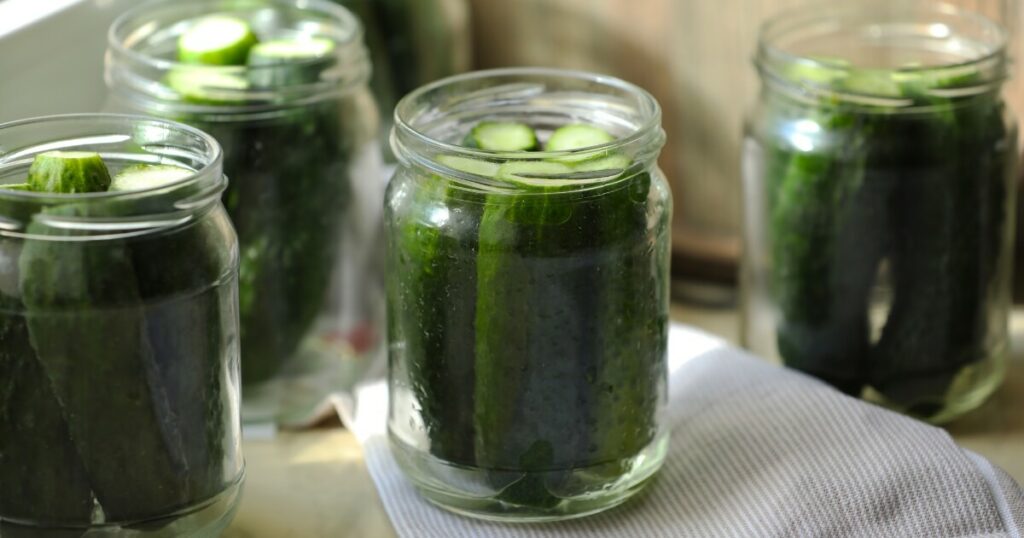
Brining
Brining soaks food in a saltwater solution to enhance moisture and flavor, especially in meats. It’s a simple step that can make a difference in juiciness and taste.
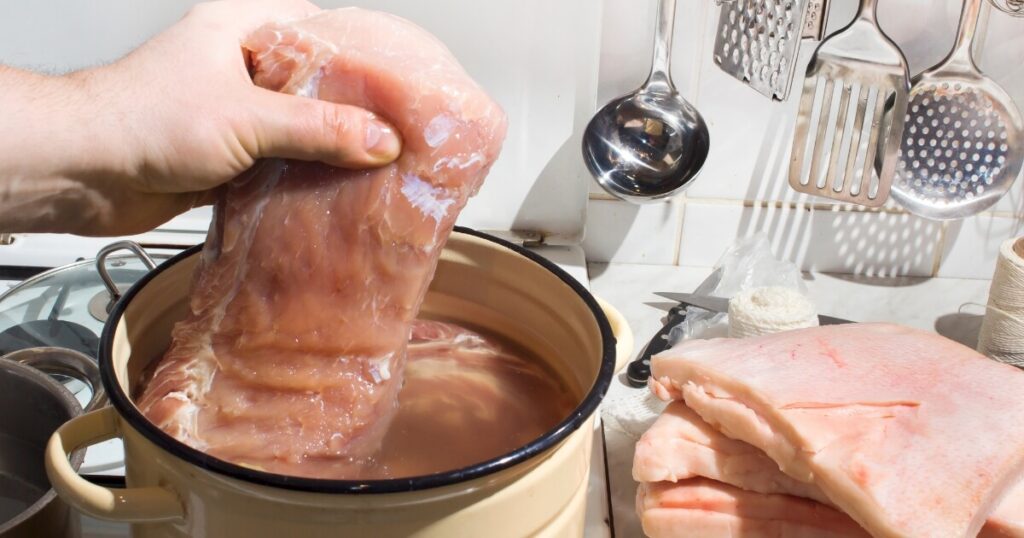
Macerating
Macerating softens and flavors food by soaking it in a liquid, typically something sweet like sugar or a liqueur. It’s a no-cook way to bring out the juicy best in fruits, especially berries.

Infusing
Infusing imparts flavor into a liquid by steeping ingredients in it, often used for oils, vinegar, or syrups. Gentle heat can help coax out those flavors, turning the ordinary into the extraordinary.
